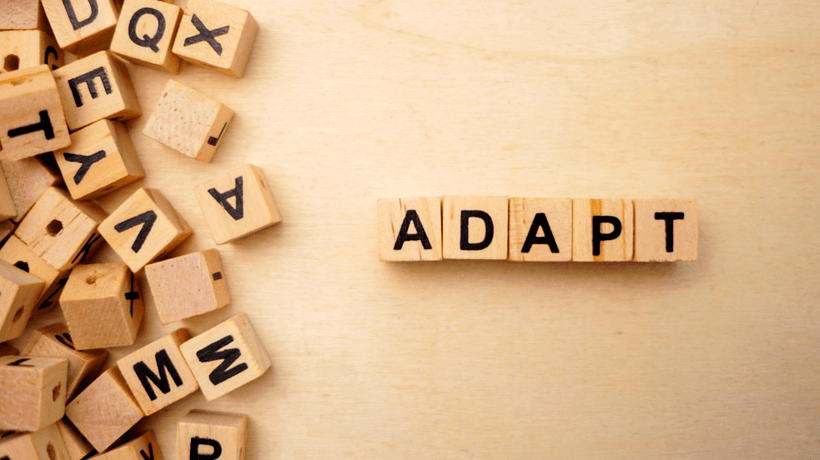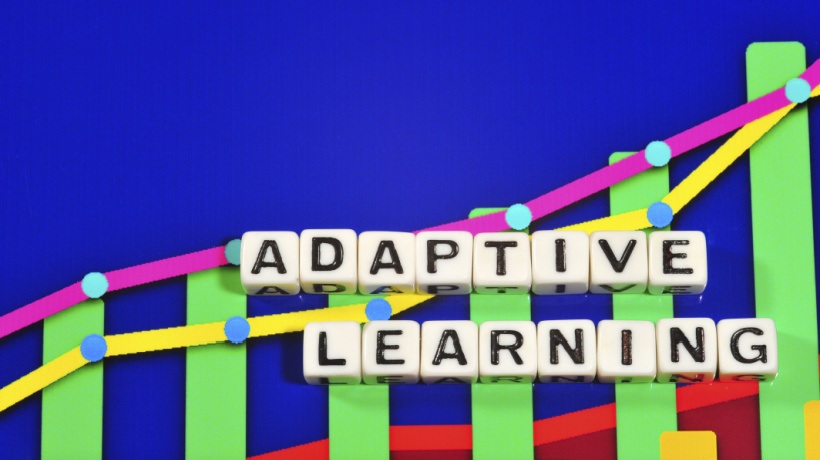5 Tips For An Effective Adaptive Learning Plan
Upskilling talent in organizations through digital learning has been the norm in the "new normal." And the next step is to ensure that training is indeed relevant to the individual needs and goals of your employees. This can only be accomplished through effective adaptive learning. In simple terms, adaptive learning is an educational method that aims to offer learners unique and personalized experiences to maximize their performance. Ultimately, adaptive learning that harnesses the power of online learning that also focuses on individual needs, goals, preferences, and learning styles of each learner is then called adaptive eLearning.
But, you might think that implementing this into your L&D can be quite challenging. And yes, it is. But it’s also not rocket science either. All you have to do is to make sure that every L&D program is centered on the uniqueness of every learner.
Let’s go through the best practices on how you can build an adaptive learning strategy to effectively upskill your learners.
1. Encourage Continuous Learning
First and foremost, when creating an adaptive learning strategy, it’s very important to promote a culture of learning within your organization. Having the sense of continuous improvement doesn’t only encourage your employees to strive harder to develop professionally, but it can also reflect your values as a company.
One challenge you might face in the process is learner engagement. More than the formal part of training, you can provide your learners with opportunities to learn outside the confines of a (virtual) classroom and allow them to explore on their own, resulting in a less formal learning process.
Interestingly, self-directed learning is said to be the central concept in adult education. While some people learn better with a structured curriculum, others prefer having little to no guidance while they read up on different articles, watch videos, and take mini-courses on their own depending on the goals they want to achieve at the moment.
Another way to foster a culture of continuous learning within your organization is to provide more social learning opportunities. These encourage more collaboration within and across teams.
You can do this by:
- Creating a workplace learning blog or forum threads where your learners can interact with each other and gauge their interest in learning.
- Meeting them on social media platforms and delivering informal learning content there and engaging them.
- Using collaborative learning tools that mediate peer-to-peer interactions and allow internal subject matter experts (SMEs) to share their knowledge on specialized topics.
By ensuring that self-improvement is a habit among your employees, you’ll definitely pave a path to more effective adaptive learning within your organization.
2. Secure Sources Of Learner Data
Next, find out where to get data and information about your learners’ current job roles, industries, learning styles, preferences, and interests that can help you determine what learning content to recommend to your employees. At this point, whether you’re doing it manually or you’re using adaptive learning technology, it’s important to note that you should have enough information about your employees' learning behaviors and preferences.
If you already have sufficient data, you can look into the training courses most of your learners are interested in, the resources they’re consuming, and modes of learning that they prefer (e.g., 1-on-1 instruction with a trainer, group lessons with their colleagues and a trainer). Given these, you’ll be able to learn the preferences of your learners and tailor your upskilling program accordingly in terms of design, delivery, and learning content available.
For instance, an initial assessment of their learning goals, preference in terms of learning styles, skill levels, and such factors can help you gauge what kind of learning resources should be provided to them and on what platforms to offer these. In fact, some eLearning platforms have a built-in portal where HR and L&D professionals can quickly monitor the progress of their learners, may it be as a whole, in groups, or per individual.
3. Focus On Content Relevant To Your Learners
Aside from having reliable adaptive learning technology, it’s great to have a rich pool of learning content and training courses. These should address the skills gaps within your workforce.
Ensure that your LMS or LXP is loaded with learning resources that are industry-specific, business-focused, and job-relevant. This will then accommodate every learner within your organization. It’s also important for your training programs and solutions to be deeply integrated into your learning system. One reason for this is the easy training access that can result in boosting training consumption and traffic within your LMS or LXP.
Aside from this, a Netflix-like personalized learning system is also great to have since its sophisticated content recommendation system can highly impact the learning behavior of your employees and the specific and relevant content they consume. For some organizations, with the help of AI technology, content suggestions are brought in front of learners based on factors such as their portal usage, skill levels, and job role. This makes learning systems and processes more intuitive and engaging.
The key is to ensure that you have learning content for anyone and everyone in your organization. This will make it easier for you (or your system) to suggest appropriate resources for employees whenever they deem it necessary to develop themselves professionally and personally.
4. Make Customization The Norm
For some, adaptive learning is synonymous with personalized learning. And they are really quite similar. But they’re just related, not the same. You can look at it this way: Personalized learning is a continuous learning journey that consists of customized learning experiences. And, this is done through adaptive learning to better address specific needs and goals. The goal is to personalize learning experiences. And, this can be effectively done through adaptive learning.
In line with this, you can ensure customization within your L&D through:
- Curating learning content based on each industry and job role
- Offering specific and focused training courses based on learners’ individual learning needs and objectives
- Creating a tailored course curriculum per group or team
For instance, if you want to focus on upskilling a particular team, create a customized curriculum and syllabus based on the group members’ current skills, their preferred learning modality, and areas of improvement. Targeting their collective learning needs and preferences makes L&D more focused and effective.
5. Consider A Training Program With A Learning Support Team
It’s great to have a group of professionals who can support your learners in every step of their learning journey, from the launch of your learning program to the evaluation process.
So in your L&D program, make sure to have a group of consultants who can guide your learners to have an optimal learning experience. They can also be helpful in suggesting relevant learning content and activities your employees can consume and take advantage of. Besides, these professionals know when to provide your learners with the right content at the right time, moment, and in the most appropriate platform. And this is one way you can effectively incorporate adaptive learning into your upskilling strategy. Apart from the technology behind personalized experiences, don’t forget to add a human touch to learning by having a dedicated learner support team.
Conclusion
To sum up, having an adaptive learning strategy in your L&D ensures highly personalized learning experiences for your workforce. This then can help them upskill more and widen their skill sets that are crucial to the growth of your company in the long run.








